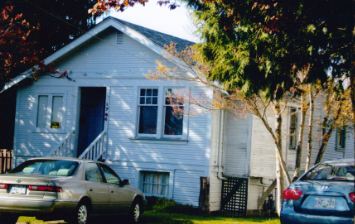This is an occasional series that asks people who love history and heritage to tell us their favourite existing building and the one that never should have been torn down.
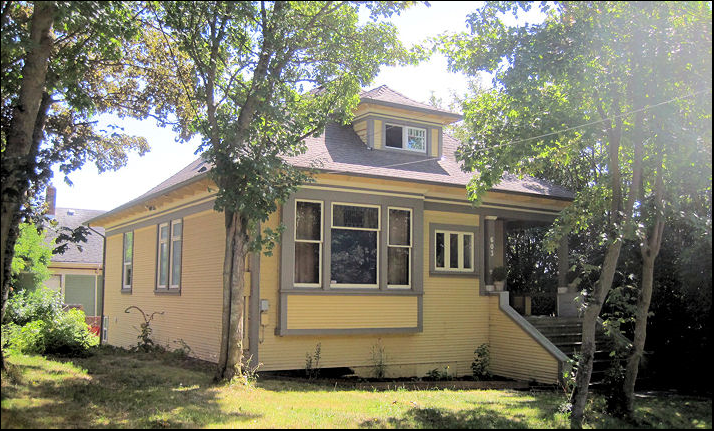
Patrick A. Dunae is a Victoria-born historian. A past member of the City of Victoria Heritage Advisory Panel, he is currently president of the Friends of the BC Archives.
Favourite Building:
One of my favourite houses is an unprepossessing, colonial-style bungalow on Manchester Road. The house was built in 1908 by Charles Deacon, who had emigrated from England with his family six years earlier, and became the foreman of a Rock Bay sawmill. I like the design and proportions of the house; and I applaud the current owners for painting the exterior a warm yellow, a colour that was popular when the house was built. This is an unfashionable part of Victoria and old houses like this are at risk. Kudos to City of Victoria Heritage Planners, who have recommended that the 600 block of Manchester and adjacent Dunedin Street, be designated as a Heritage Conservation Area. The proposal still needs to be approved by homeowners. Fingers crossed.
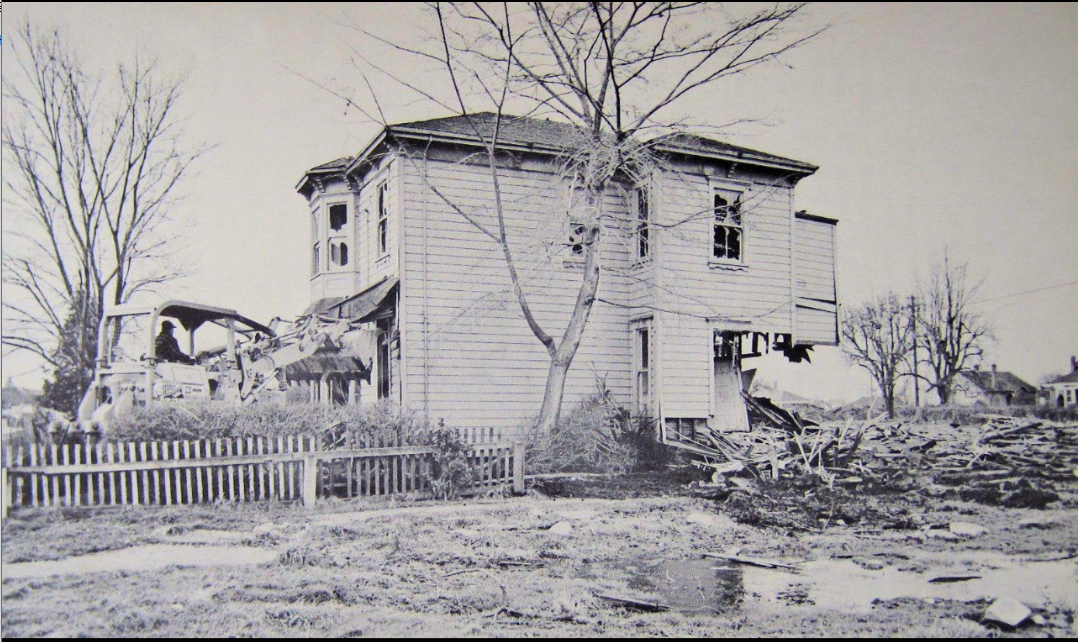
The one that got away:
In the 1960s when “urban renewal” was popular and local authorities were eradicating “blighted areas,” Victoria City council used the program to demolish nearly 160 houses in its Rose-Blanshard Renewal Scheme. This “blighted” area consisted of houses built in the 1890s and early 1900s. Rose Street was its centre and North Ward School (1894), a four-storey brick structure, was a landmark. The school and neighbouring residences were demolished so that Blanshard Street could be widened to benefit motorists travelling from the new BC ferry terminal. Properties were expropriated, and occupants who refused to leave their homes were forcibly evicted. The Coburn family home was the last house standing when it was bulldozed in March 1969. It was replaced with Blanshard Court, a “low income housing estate,” now called Evergreen Terrace.
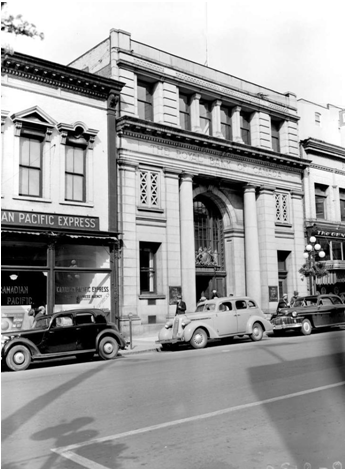
Tom Hawthorn is a reporter, author and bookseller who lives in Victoria. His latest book The Year Canadians Lost Their Minds and Found Their Country, will hit bookshelves this May.
Favourite Building:
My daily workplace is a magnificent former bank building. The Edwardian-era former Royal Bank of Canada at 1108 Government St. was in terrible disrepair when purchased (against his banker’s advice) by Jim Munro in 1984. He returned the structure to its former glory, notably removing a suspended ceiling added as part of a modernizing renovation in the 1950s. Today, tapered pilasters and a cast-plaster coffer ceiling attract tourists from around the globe eager to visit a bookstore co-founded in 1963 by future Nobel laureate Alice Munro. Designed in 1909 by local architect Thomas Hooper as a Temple Bank in the Classical Revival style, with an all-granite facade including two impressive Doric columns, Munro’s Books remains a temple to a commerce less pecuniary than literary.
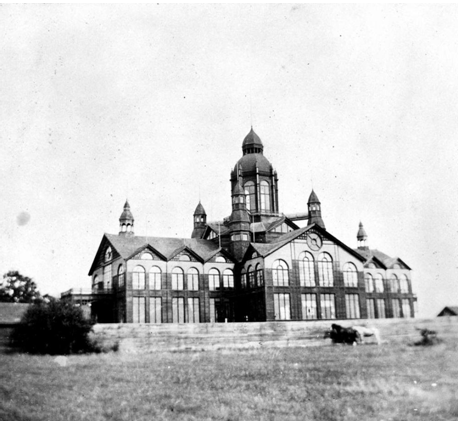
The one that got away:
In 1899, a grand exhibition hall with an adjacent horse racing track was built on farmland in Oak Bay. The roof stood 56 feet above the ground with central octagonal towers reaching to a height of 100 feet. An open cupola topped the impressive building, which dominated the Willows Fairgrounds like a manor house amid verdant lawns.
Among the visitors to the exhibition hall, which boasted 20,000 square feet of floor space surrounded by galleries, was the future King George V.
The building and the streetcar connection, that now extended from Royal Jubilee Hospital to the fairgrounds, spurred the growth of Oak Bay, which incorporated as a municipality in 1906. Alas, the building was destroyed by fire in 1907, to be replaced by a warehouse structure of little merit. The site of the fairgrounds was subdivided into housing after the Second World War with 10 acres reserved for Carnarvon Park.
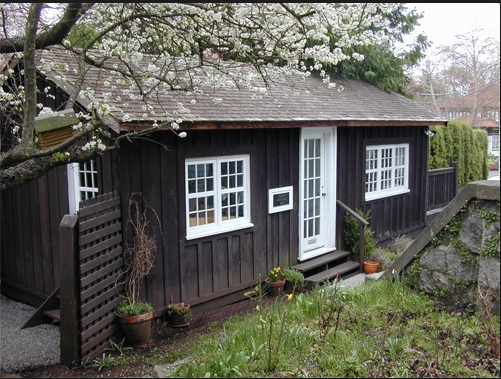
Eve Lazarus is a journalist, author and blogger who has a passion for unconventional history and a fascination with murder. She is the author of Cold Case Vancouver.
Favourite Building:
Emily Carr paid $900 for a plot of land on Victoria Avenue in 1913, and according to a story built the cottage “nail by nail” with the help of “one old carpenter.” After a bit of digging it turns out the carpenter was Thomas Cattarall, who built Craigdarroch for the Dunsmuir family and worked on Hatley Castle. In 1995, new owners wanted to build a house on the property but didn’t want to destroy the little cottage. Terry Tallentire stepped in, paid the city $1.00, spent another $4,000 to move it to her house, and it now lives behind a Samuel Maclure designed house on Foul Bay Road. (The full story is in Sensational Victoria).
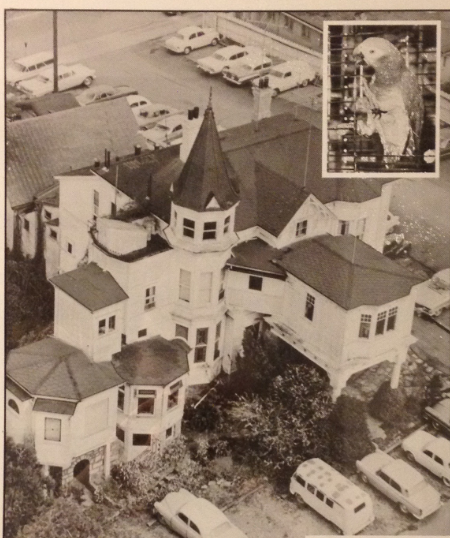
The one that got away:
There are many reasons why Victoria should have saved the Wilson Mansion, but perhaps the best one is because its social history is just so eccentric. There’s the overprotective father who surrounded it with high walls, Jane, the daughter who kept exotic birds in the attic and owned a 100 pairs of white gloves. And there’s the beneficiary of her will in 1949—Louis, a macaw parrot from South America, who was then in his eighties. Jane named Wah Wong, the Chinese gardener as trustee and parrot keeper, and the terms of the will stated that the property could not be sold while the birds were still alive. The feathered tenants managed to stave off developers until 1966, when it was bulldozed to make way for the Chateau Victoria Hotel.
For more on the series see:
- Heritage Streeters with Bill Allman, Kristin Hardie and Pamela Post
- Heritage Streeters with Anne Banner, Tom Carter, Kerry Gold and Anthony Norfolk
- Heritage Streeters with Michael Kluckner, Jess Quan, Lani Russwurm and Lisa Anne Smith
- Heritage Streeters with Caroline Adderson, Heather Gordon, Eve Lazarus, Cat Rose and Stevie Wilson
- Heritage Streeters with John Atkin, Aaron Chapman, Jeremy Hood and Will Woods
© All rights reserved. Unless otherwise indicated, all blog content copyright Eve Lazarus.



